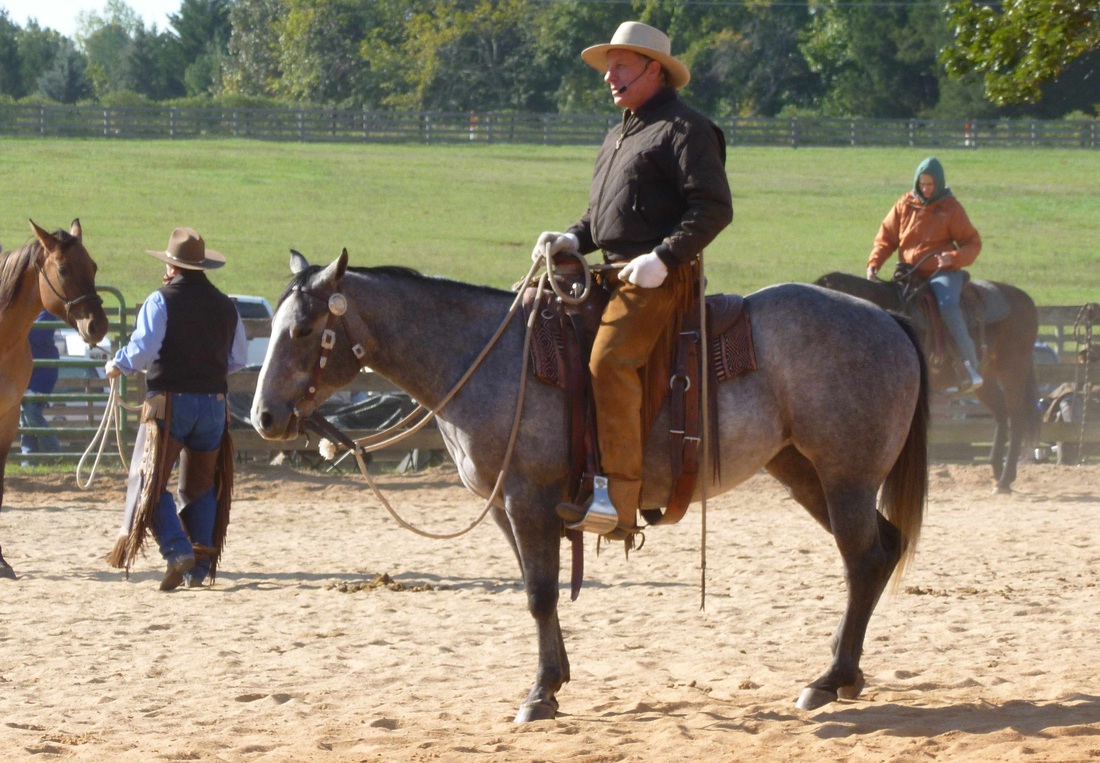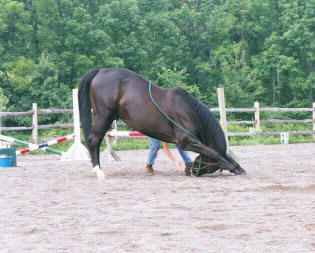
(1) Positive Statement
What are you most proud of in your block presentation and/or your senior project? Why?
- The fact that I was able to train a wild mustang when I doubted myself before and during the project. This actually help build confidence in myself when facing new challenges as well as working with horses.
a. What assessment would you give yourself on your block presentation? Use the component contract to defend that assessment.
AE P AP CR NC
- I would give myself a P because I felt like I only did what was asked and nothing extra.
b. What assessment would you give yourself on your overall senior project? Use the component contract to defend that assessment.
AE P AP CR NC
- I would give myself either a P or AE because I enjoyed my project so much that I did extra interviews and went to clinics, as well as went to Monty Roberts training facility, and met two trainers known in other parts of the world as well as the United States.(Pat Parelli and Clinton Anderson)
(3) What worked for you in your senior project?
- The support of my family and friends without them I know I would not have had the best outcome for the project. They were always helping in one way or another.
- Find a way to incorporate more mentorship hours as I can't over work my horse so maybe spending a little more time watching my mentor working with their horses/client horses.
How has the senior project been helpful to you in your future endeavors? Be specific and use examples.
- This project helped me find that I want to do more work with mustangs as well as try to take a stand against the round ups. This project also helped pull me out of my shell and get to talk to people I normally wouldn't and get to make more connections in the equine industry.























